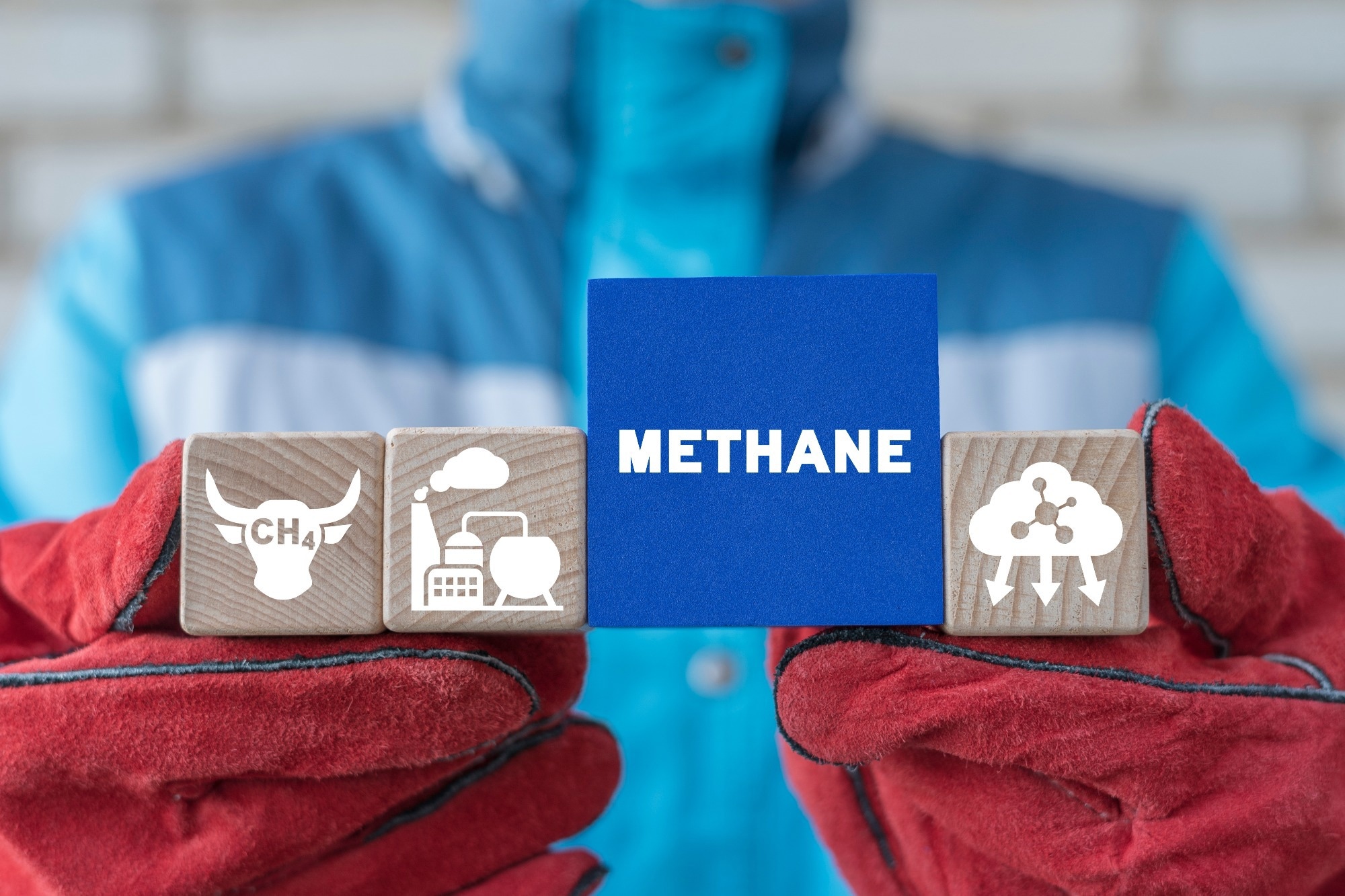A collaboration between the University of Oxford and Trillium Technologies’ NIO.space has resulted in an innovative tool capable of detecting methane plumes from Earth's orbit. This tool employs machine learning techniques and hyperspectral data to identify significant methane emissions, changing the game when it comes to combatting climate change.

Image Credit: Panchenko Vladimir/Shutterstock.com
Climate change is an escalating global crisis, with greenhouse gases like carbon dioxide (CO2) and methane (CH4) playing central roles. Methane is an influential greenhouse gas tens of times more powerful than carbon dioxide when it comes to warming the atmosphere and is second only to carbon dioxide in driving climate change. The rapid detection and mitigation of methane emissions are thus critical in the fight against climate change. This is particularly important in the context of the Paris Agreement's goal to keep global temperature rise this century well below 2 degrees Celsius above pre-industrial levels.
Cutting down on methane emissions caused by human activities is among the most efficient ways to quickly slow down the rate of global warming, and the new tool developed by Oxford and Trillium Technologies represents a significant advancement in this effort, enabling more precise and timely identification of methane emissions, a key step towards a more effective response to climate change challenges.
Up until now, however, there have been only a handful of methods capable of mapping methane plumes from aerial imagery, and even then, the processing step can be highly time-consuming. This is because methane gas is invisible to the human eye and to the spectral ranges utilized by most satellite sensors. Thus, when satellites operate in the appropriate spectral range for methane detection, the gathered data is frequently clouded by noise. This necessitates time-consuming manual methods to accurately pinpoint the methane plumes.
Researchers from Oxford have created a novel machine-learning tool to help address these challenges by identifying methane plumes in data from hyperspectral satellites. This innovative AI tool overcomes these challenges by utilizing hyperspectral satellites, which are capable of detecting narrower bands than traditional multispectral satellites. This specificity allows for more accurate tuning to methane's signature and effective noise filtering.
When it came to training the model, the researchers used a dataset of 167,825 hyperspectral tiles, each representing an area of 1.64 square kilometers, sourced from NASA’s AVIRIS sensor over the Four Corners region in the US. The model demonstrated an impressive 81% accuracy in detecting large methane plumes, significantly surpassing previous methods in both accuracy and false positive reduction.
This research, funded by the European Space Agency (ESA) under the ‘Cognitive Cloud Computing in Space’ initiative, not only marks a significant advancement in environmental monitoring but also sets the stage for future applications. The open-sourced dataset and model code will also facilitate further research in this field.
Looking forward, the researchers aim to integrate this model directly into satellites. This would enable real-time detection and collaboration among satellite constellations, significantly enhancing monitoring capabilities. Such advancements could extend beyond methane, potentially encompassing a range of environmental pollutants.
In the face of climate change, these kinds of techniques allow independent, global validation about the production and leakage of greenhouse gases. This approach could easily be extended to other important pollutants, and building on earlier work, our ambition is to run these approaches on-board the satellites themselves, making instant detection a reality.
Professor Andrew Markham, Department of Computer Science
This discovery, detailed in the paper ‘Semantic Segmentation of Methane Plumes with Hyperspectral Machine Learning Models’ in Nature Scientific Reports, represents a significant leap in our ability to understand and mitigate one of the most potent greenhouse gases. The combined efforts of Oxford researchers and their partners herald a new era in environmental monitoring and climate change mitigation, showcasing the power of AI and space technology in tackling global challenges.
References and Further Reading
- AI that automatically detects methane plumes from space could be a (2023) University of Oxford. Available at: https://www.ox.ac.uk/news/2023-11-23-ai-automatically-detects-methane-plumes-space-could-be-powerful-tool-combating (Accessed: 27 November 2023).
- Environment, U. (2023) Global methane assessment: Benefits and costs of mitigating methane emissions, UNEP. Available at: https://www.unep.org/resources/report/global-methane-assessment-benefits-and-costs-mitigating-methane-emissions (Accessed: 27 November 2023).
- Růžička, V. et al. (2023) STARCOP: Semantic segmentation of methane plumes with hyperspectral machine learning models. Available at: https://www.nature.com/articles/s41598-023-44918-6.